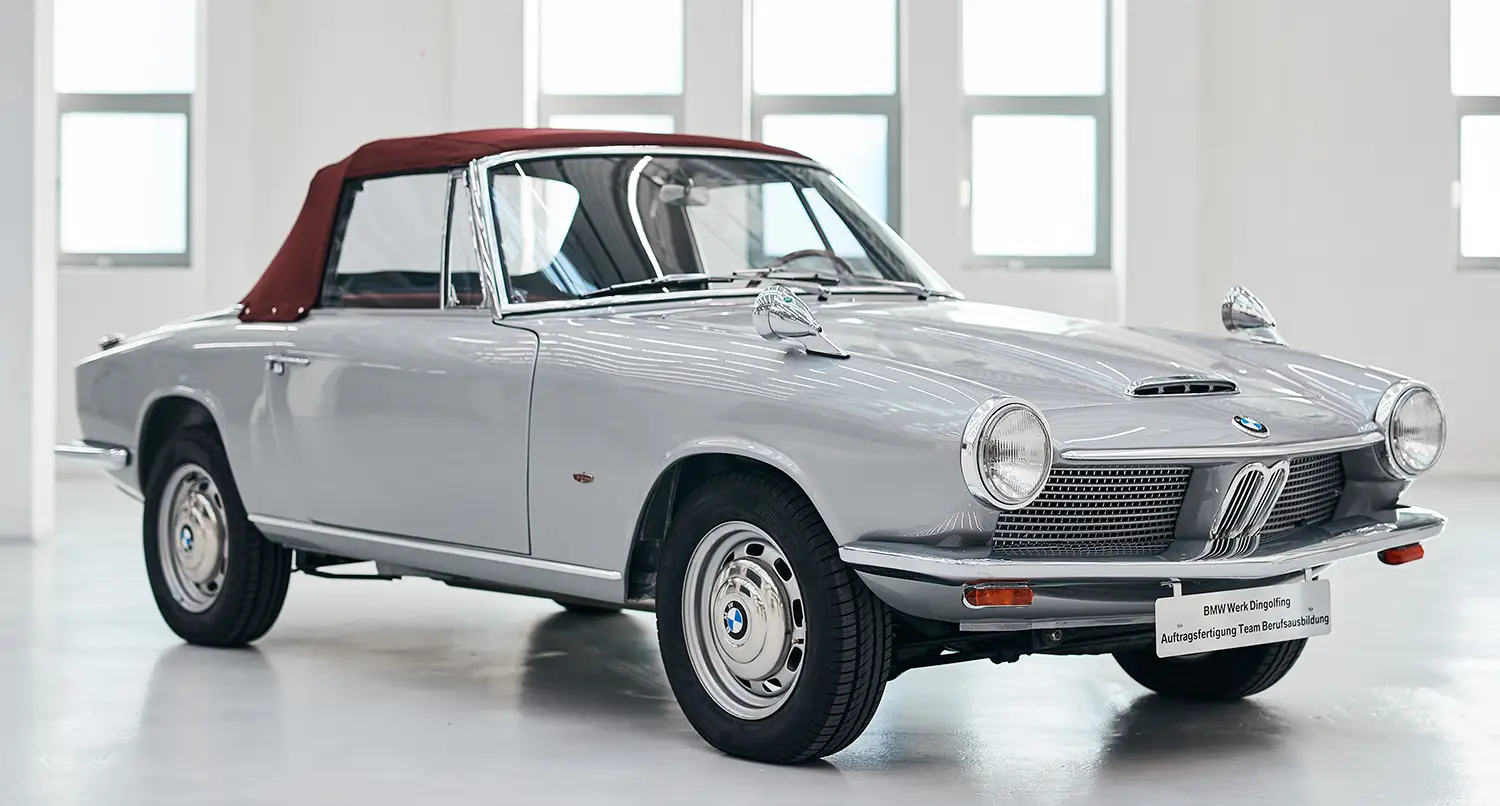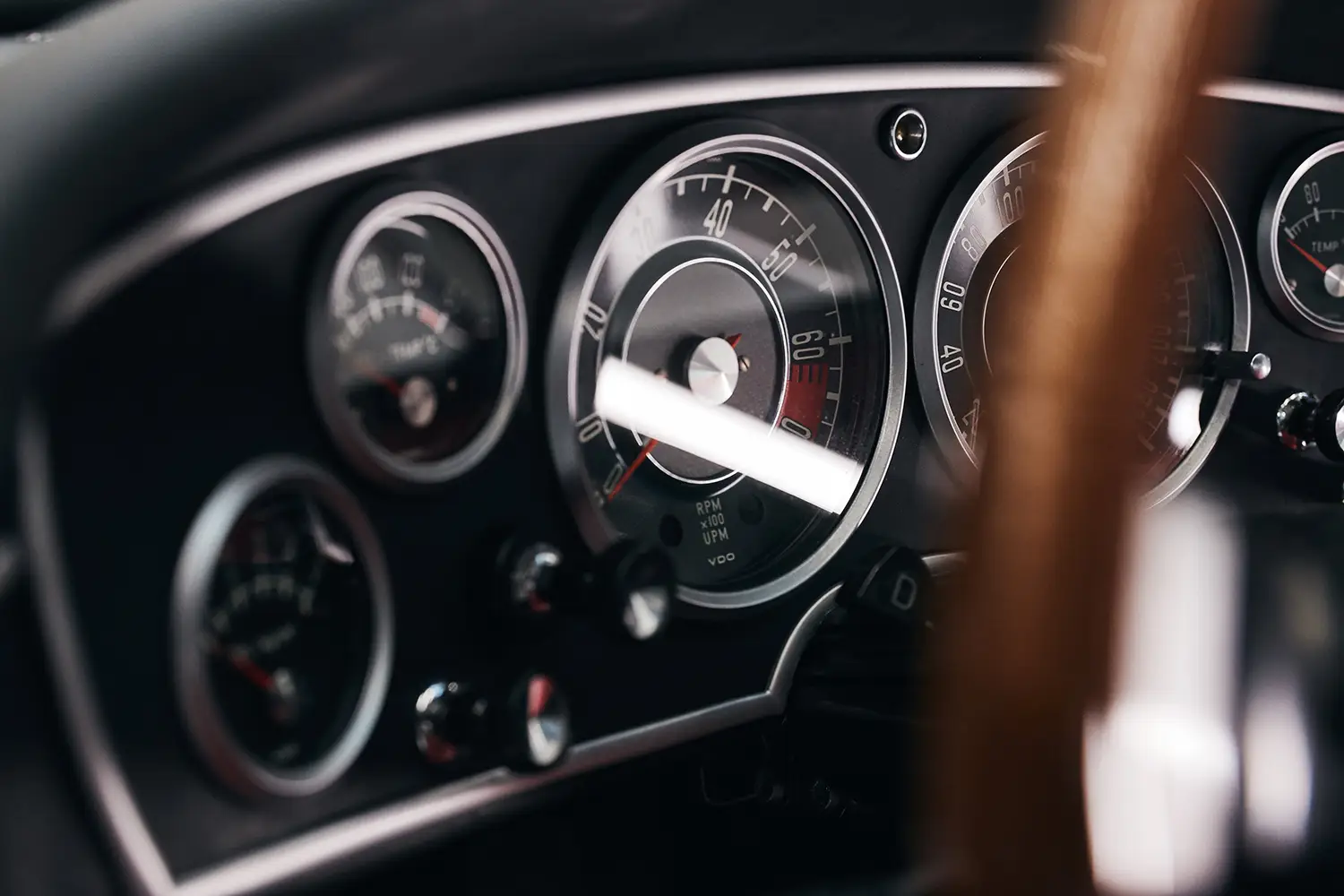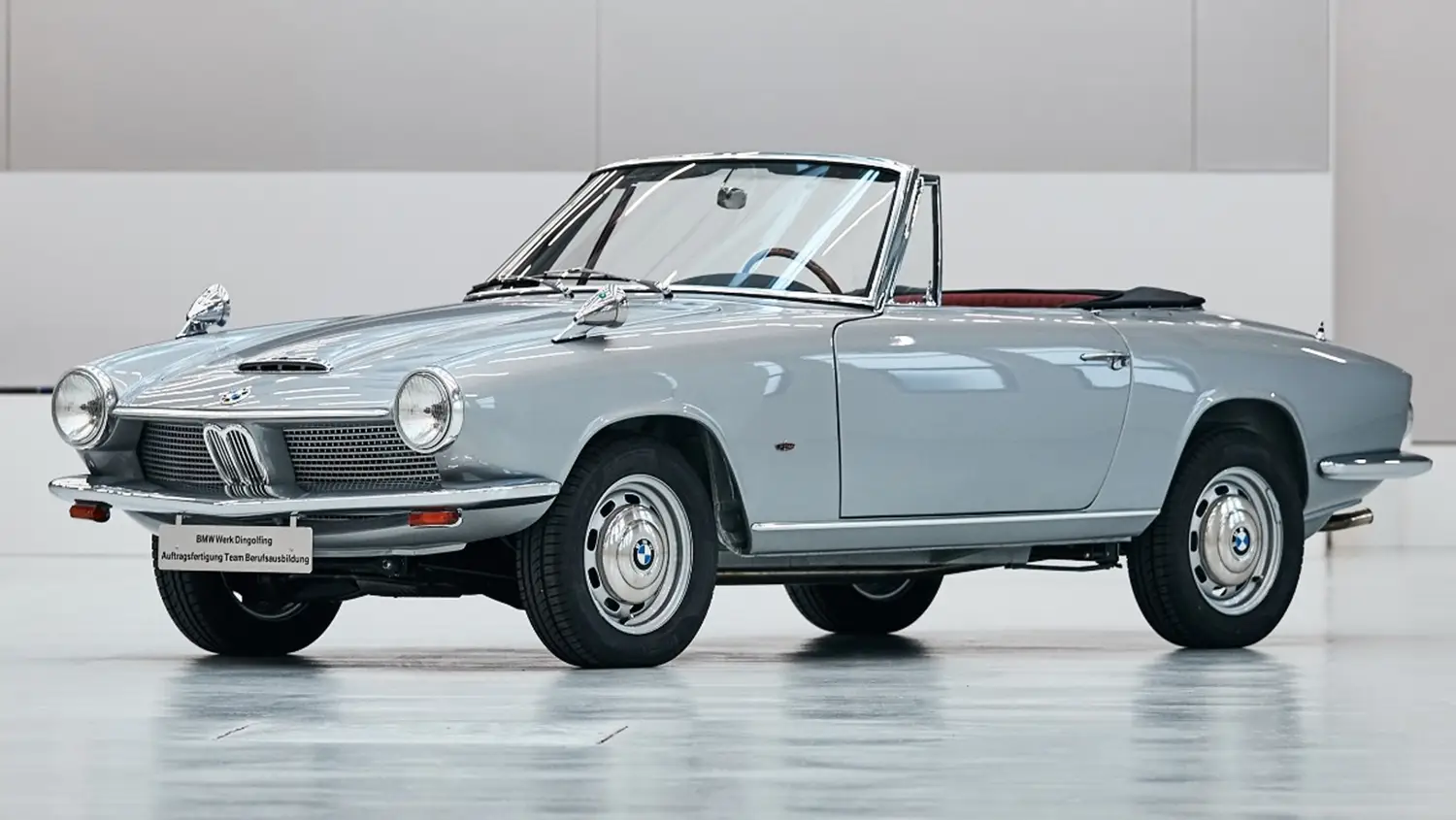
The 1967 BMW 1600 GT Convertible is far more than just a car. It is a tangible piece of automotive history, representing a critical moment in the development of BMW. This ultra-rare convertible, in fact a surviving prototype, perfectly illustrates the German marque’s strategic expansion in the late 1960s.
The open-top model is particularly significant because it is a direct product of the BMW acquisition of the German car company Hans Glas GmbH. It is an icon of transition, blending Italian design flair with robust Bavarian mechanics. Its tale began not in Munich, but at the Glas factory in Dingolfing, which BMW took over in 1966.
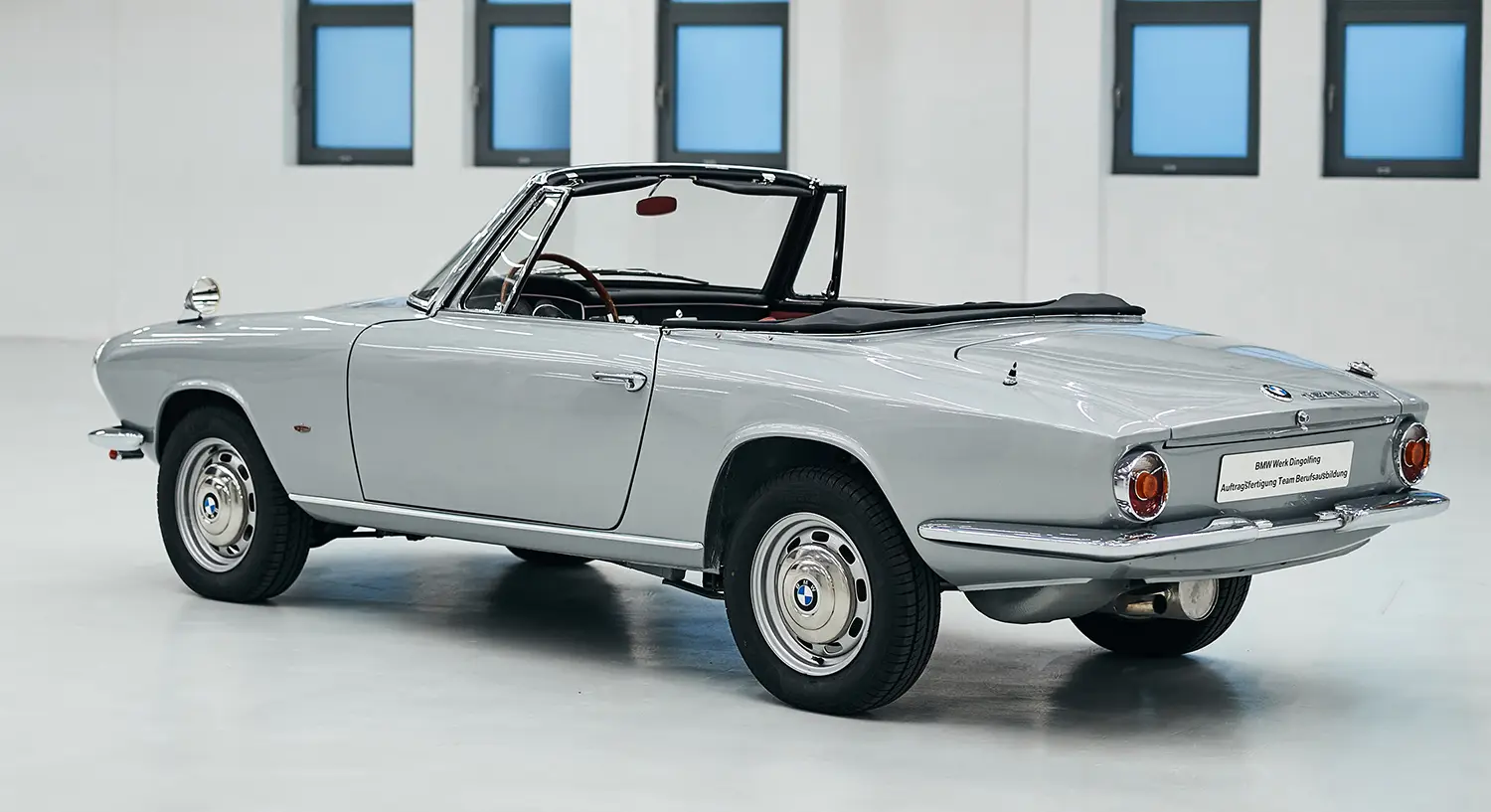
Italian Design Meets Bavarian Engineering
The sleek body of the 1600 GT traces its lineage back to the Glas GT coupé. The design was the masterful work of the respected Italian designer Pietro Frua. Frua, known for his work with Maserati, created a beautiful, low-slung, and elegant grand tourer design. Glas initially built the GT with their own four-cylinder engines, starting with the 1300 GT model in 1964.
After the takeover, BMW saw potential in the handsome Frua-designed coupé body. They decided to re-engineer the car to incorporate their superior mechanical components. This strategic move resulted in the creation of the BMW 1600 GT, a vehicle with an unmistakably Italian silhouette yet a true BMW heart.
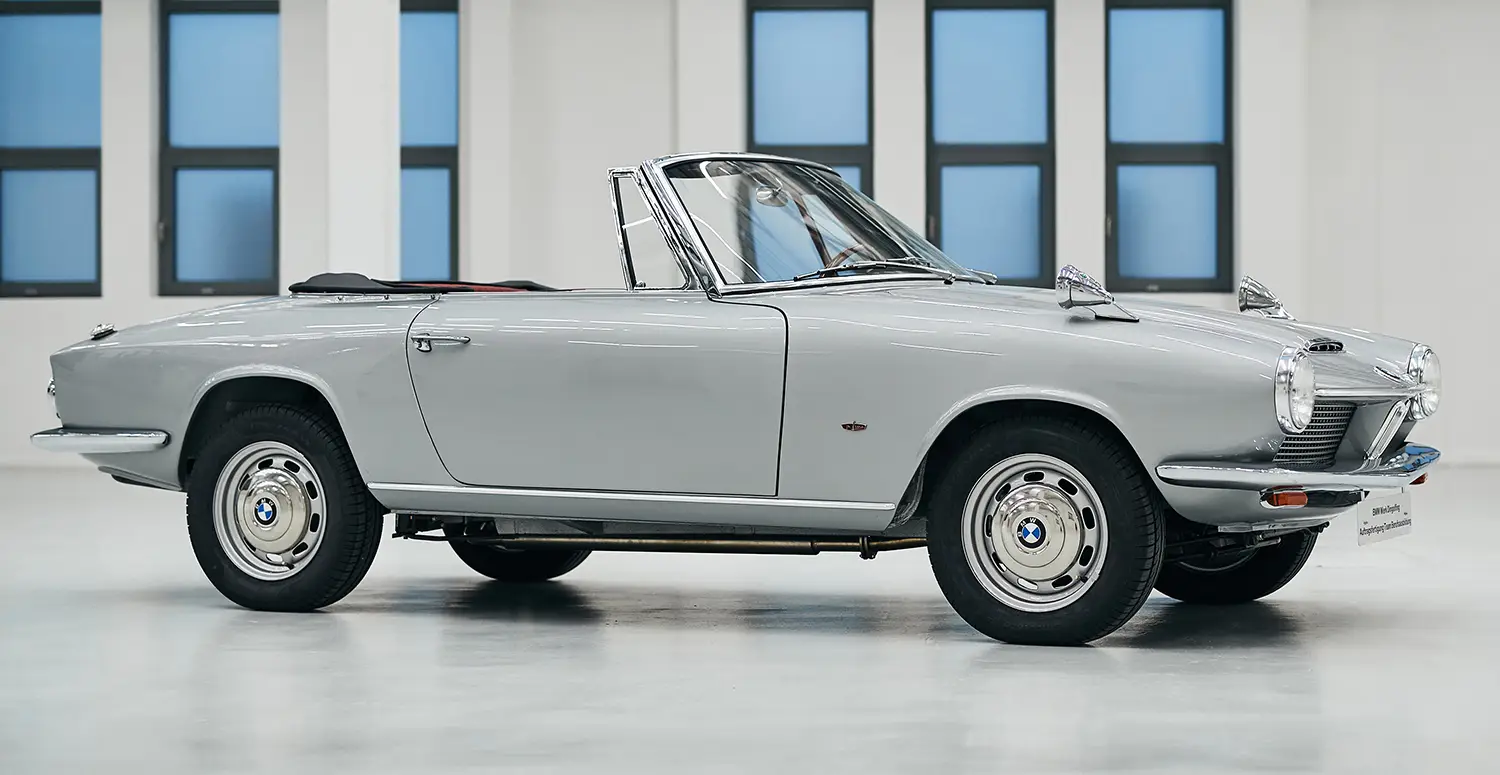
A Shift in Mechanical Philosophy
The transformation from Glas GT to 1967 BMW 1600 GT Convertible involved crucial mechanical upgrades. BMW replaced the Glas engine with its own proven 1,573 cc four-cylinder unit from the successful BMW 1600-2 sedan. This change immediately brought increased performance and greater component commonality for the new owner.
More importantly, the new BMW rear suspension system was installed. It featured the advanced semi-trailing arm rear axle with coil springs. This modern setup replaced the older rigid rear axle and leaf spring arrangement used by Glas. The upgrade significantly enhanced the car’s handling and overall stability on the road.
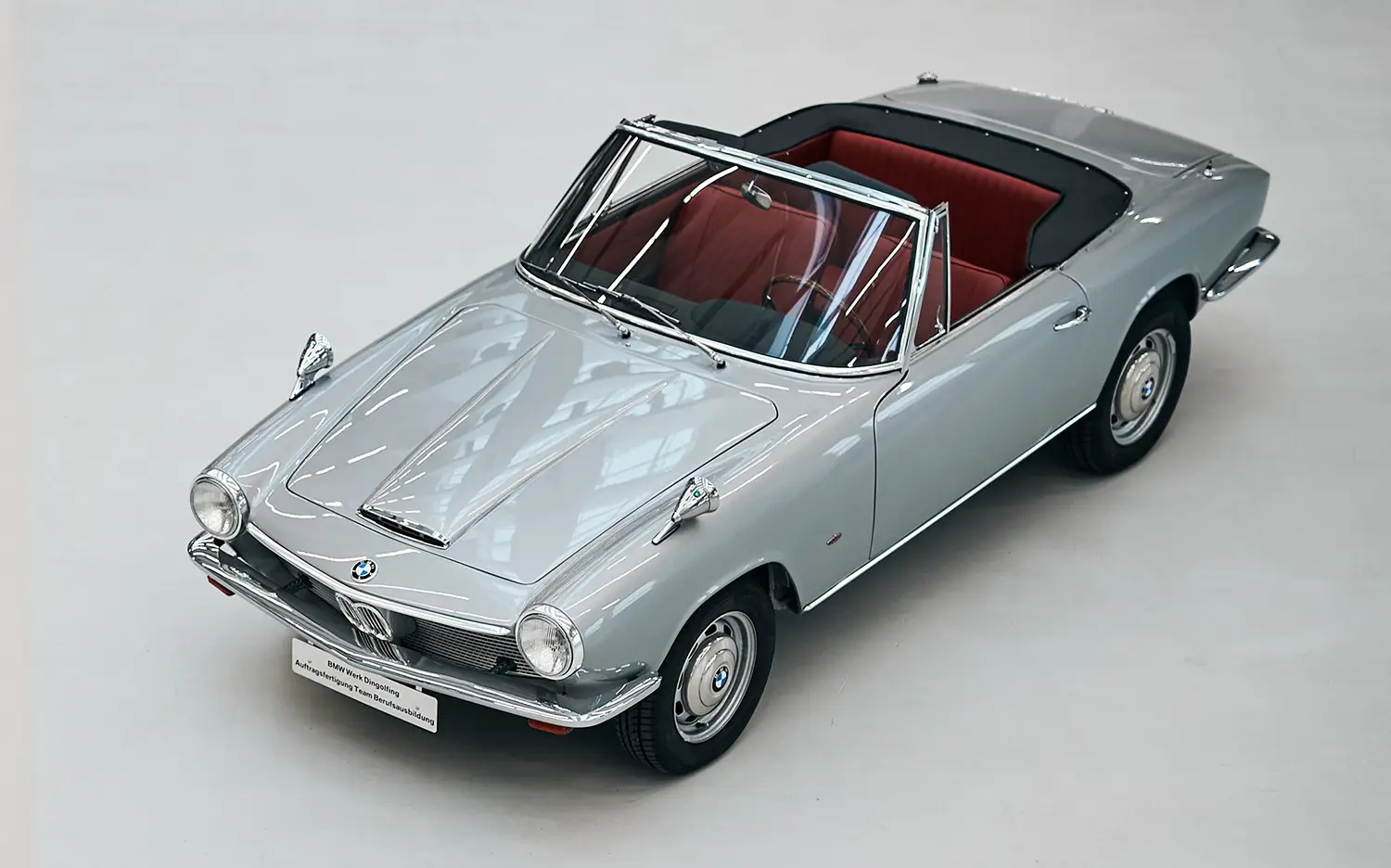
The Prototype’s Exclusive Production
While BMW produced the 1600 GT coupé for a short time, the convertible version remained a rare prototype. Only two convertible bodies were completed by Frua and then sent to Dingolfing for final assembly. These were intended for the U.S. market, which showed a strong appetite for open-top European sports cars.
However, the project was curtailed before mass production could begin. One of the two prototypes was regrettably damaged in a test drive and subsequently had to be scrapped. This left a single, solitary example of the 1967 BMW 1600 GT Convertible in existence. The rarity of this model is simply astonishing in the context of mass manufacturing.
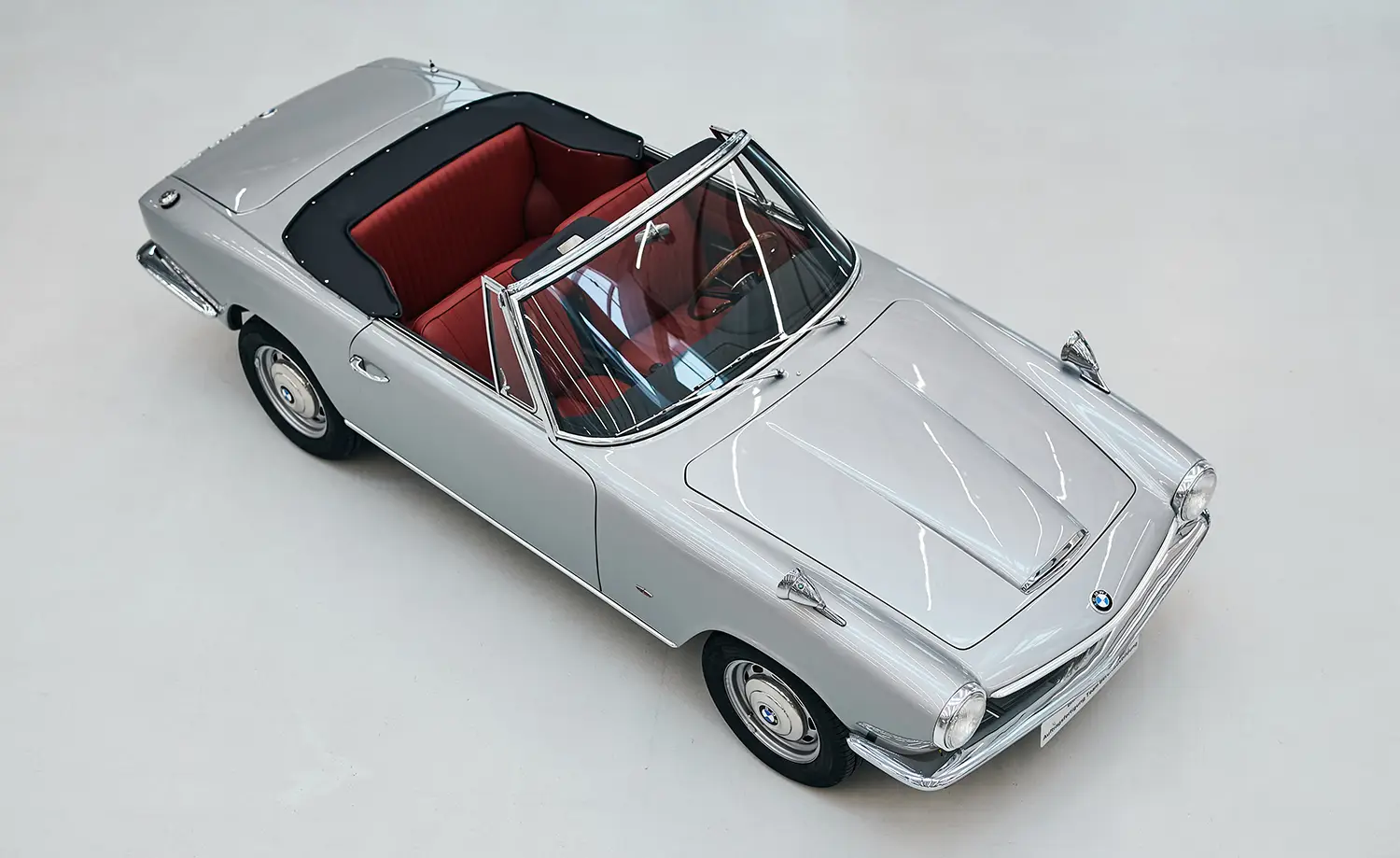
A Unique Survivor’s Journey
The surviving convertible was not simply tucked away in a warehouse. Instead, it was presented to Herbert Quandt, a major shareholder in BMW AG at the time. This act highlights the car’s significance and its role as a special factory showpiece. The car remained in the Quandt family’s hands for many years before eventually passing through several private collections.
BMW Group Classic later rediscovered the unique automobile and brought it back to Dingolfing. The plant, the original birthplace of the car, became the site of a meticulous restoration. This project was notably carried out by the plant’s apprentices, connecting a new generation to the brand’s pivotal past.
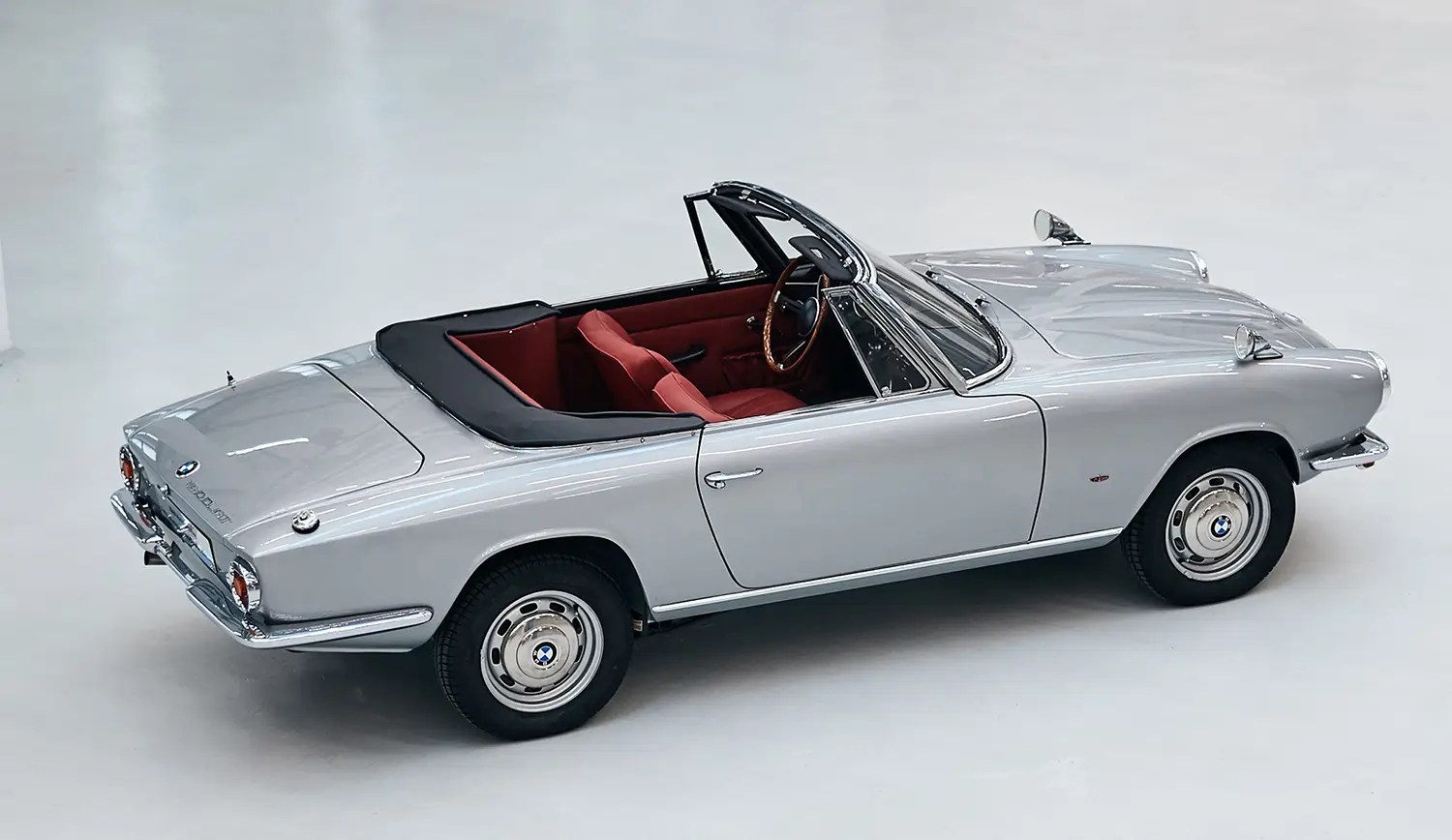
Performance of a Bavarian Sports Car
The 1967 BMW 1600 GT Convertible received the 1.6-liter M10 four-cylinder engine. This potent engine was tuned to produce 105 horsepower in the GT specification. The power was delivered through a smooth-shifting four-speed manual gearbox. Considering the car’s light weight, this setup offered brisk acceleration and excellent road manners for the period. It provided a top speed of around 190 km/h, which was certainly competitive for a small GT car of the late sixties. This performance package solidified the car’s status as a true, capable sports car.
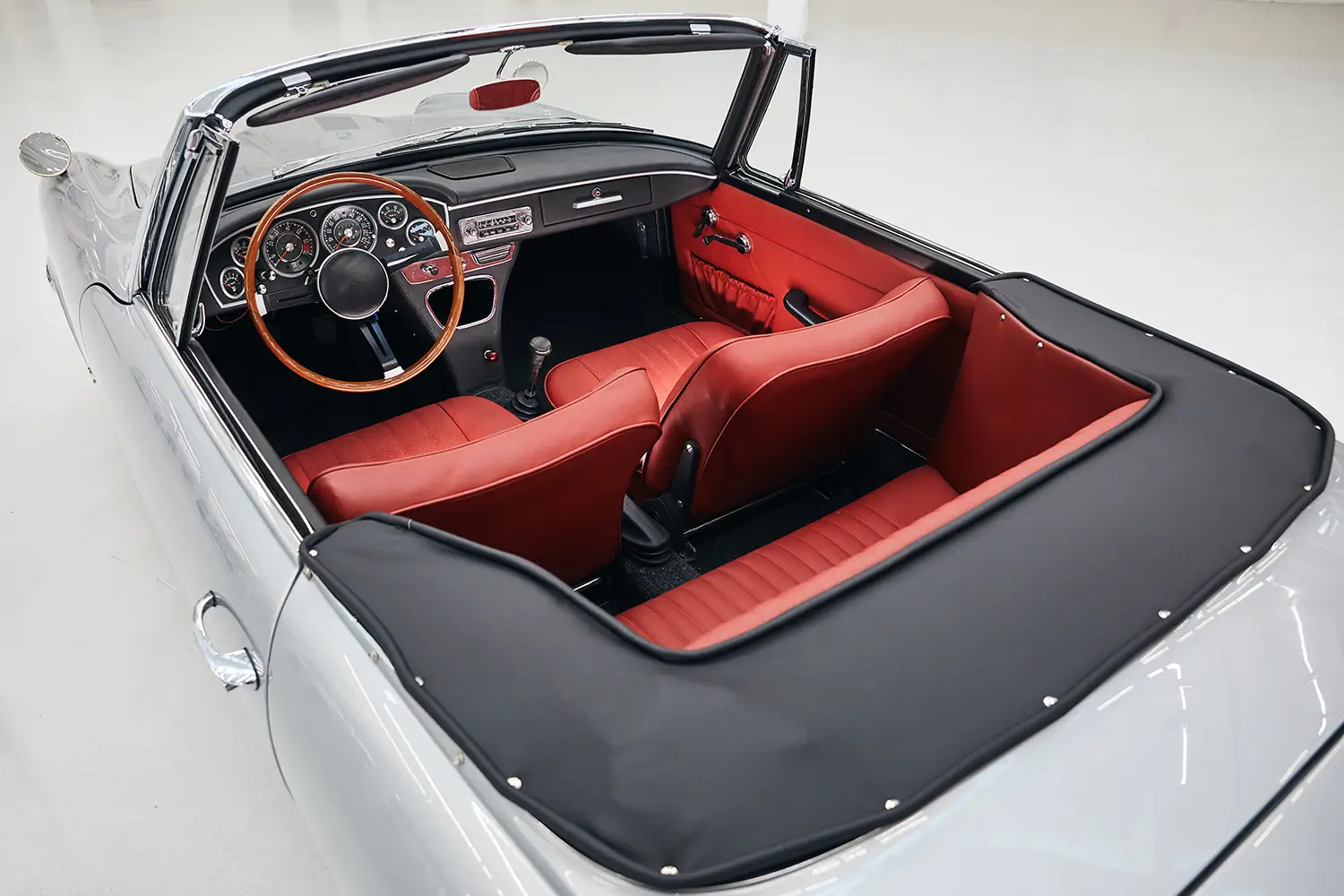
The Enduring Significance
The 1967 BMW 1600 GT Convertible is more than just a footnote; it is a profound historical document. It beautifully captures the confluence of Italian design and the increasingly confident, engineering-led BMW of the late 1960s. The car is an incredibly rare museum piece that survived the axe of corporate restructuring and now stands as a solitary testament to a crucial turning point. Its story is one of innovation, corporate merger, and the creation of an enduring, one-of-a-kind automotive icon.
Disclaimer: Content on this site is for informational purposes only. Vehicle specs, pricing, and availability may change. Always verify details with official sources before making decisions. Opinions are those of the authors.
Source: BMW
